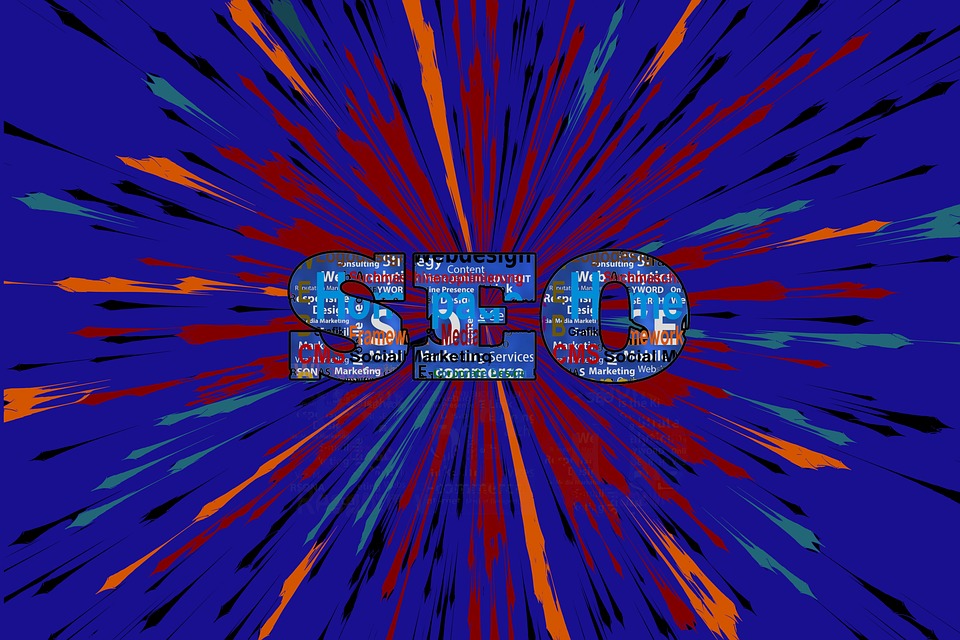Overall, organizations face 925 cyberattacks each week — and sites stay an obvious objective.
SSL is a fundamental and simple to-carry out method for safeguarding on the web information trades.
Here, we profound jump into what a SSL declaration is, the means by which it works, and what sorts of SSL endorsements will turn out best for your undertaking.
What is a SSL testament?
A SSL endorsement is a computerized record with a cryptographic key pair doled out to a site. The general population and confidential keys remembered for the endorsement verify and get the association between a web server (your site) and a program (an approaching client demand).
Customary clients realize SSL declarations as the “s” added to a http://URL address of numerous sites (counting Webflow). At the point when a SSL authentication is added to a http, it will peruse: https://in front of the URL, as seen underneath.
At the point when a site utilizes a standard HTTP association, all information trades between a program and a server can be possibly seized, permitting programmers to get to individual information, for example, your login, secret phrase, or installment subtleties. “S” represents a solid association, meaning the site utilizes encryption to safeguard delicate information trades. Regardless of whether a fraudster interferes with your exchange, all they’d get would be an irregular line of scrambled characters.
This is the way a SSL validation works by and by. Suppose you need to arrange pizza on the web. To guarantee a safe exchange:
An online business dealer needs to confirm what your identity is (i.e., verify that the approaching installment demand comes from a certifiable program)
An internet based customer needs to check the authenticity of the web interface (i.e., that somebody you’re going to pay is a genuine pizza vender)
SSL testaments assist with laying out trust by affirming the web server’s character in no time flat with cryptographic calculations. Assuming the site’s confidential key matches its public key on the checkout page, everything is great, and you can continue with checkout.
This check component forestalls normal network protection goes after, for example, space caricaturing, DNS seizing, and other on-way assaults.
The short history of SSL convention
The first online business sites arose in the last part of the 1980s and duplicated through the 1990s. Yet, trading cash (and other delicate data) on the web felt like the Wild West – you couldn’t be sure whether you’d get trapped on the way or not.
Dr. Taher Elgamal, a cryptographer at Netscape Interchanges at that point, chose to carry request to the web lands and concocted v 1.0 of Secure Attachments Layer (SSL) web convention. Yet, SSL 1.0 never stirred things up around town. So the public history of SSL starts with variant 2.0, delivered in February 1995.
In the span of a year, SSL 2.0. turned into the center convention for web security and gave a headstart for HTTPS associations. Be that as it may, Netscape battled to make SSL completely secure. SSL 2.0 (and later SSL 3.0) still contained basic weaknesses. The convention was formally disallowed in 2011, and its replacement overwhelmed web-based security.




